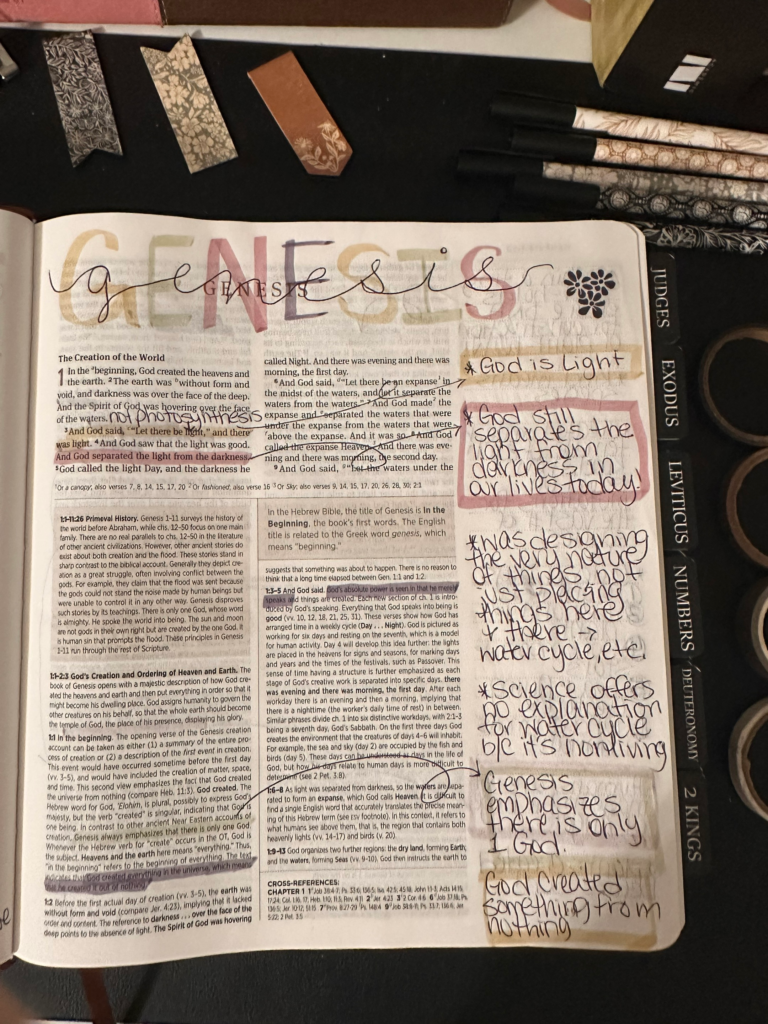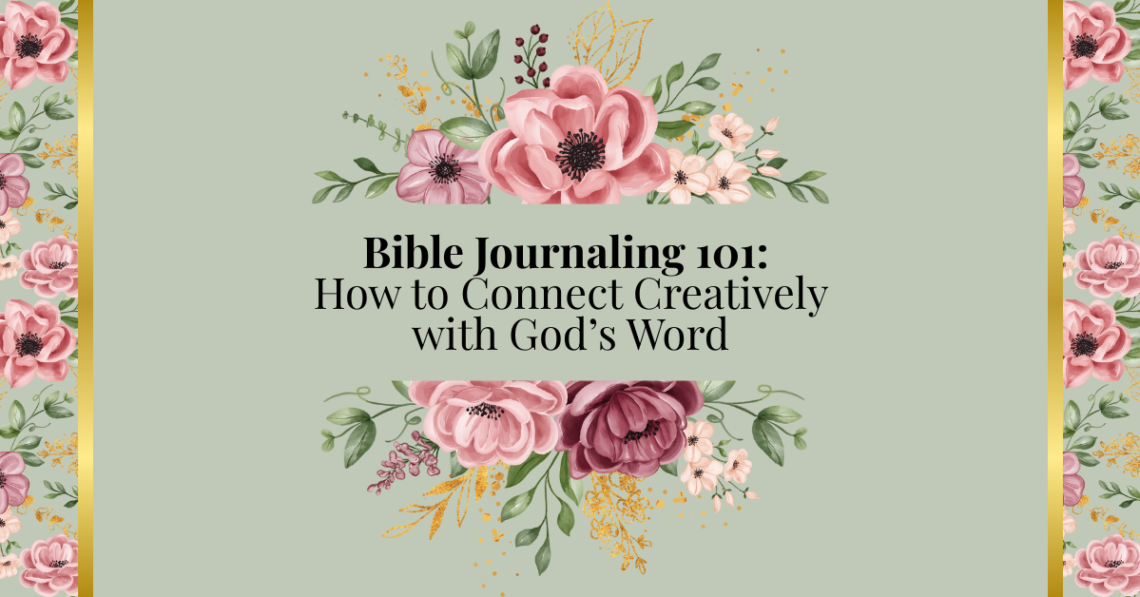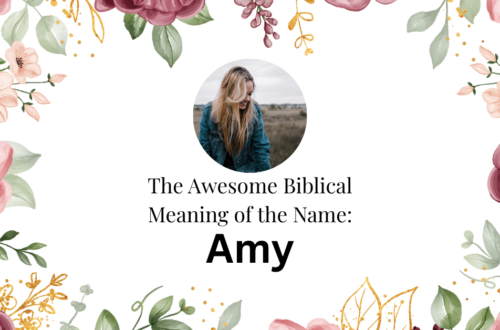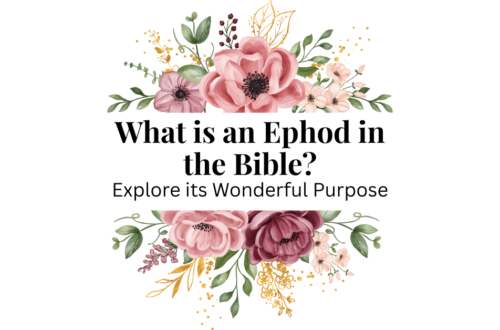Have you ever felt like your quiet time with God has become routine or rushed? Maybe you read a chapter of the Bible and move on without really letting the words sink in. I’ve been there. That’s why I started Bible journaling—and it has completely transformed how I connect with Scripture. Whether you’re artistic or stick-figure-only, Bible journaling gives you a space to reflect, respond, and rest in God’s Word. Let’s explore how you can get started and why this practice might be just what your soul needs.
What is Bible Journaling?
Bible journaling is a creative and intentional way of engaging with Scripture. Some people fill the margins of their Bible with hand lettering, illustrations, or watercolor designs. Others prefer to write notes, prayers, or reflections in a separate notebook. There’s no one right way to do it.
At its core, Bible journaling is about slowing down and spending time with God. It combines study and creativity—two beautiful ways we can honor and glorify our Creator.
Why You Should Bible Journal
Bible journaling is more than just a pretty page. Here’s why it matters:
- It helps you engage deeply with Scripture – You’re not just reading a verse; you’re meditating on it, exploring its meaning, and responding to it.
- It reinforces memorization and understanding – Writing or drawing helps you remember what you’ve studied long after you close your Bible.
- Bible Journaling makes Scripture personal – Journaling invites you to ask, “What is God saying to me through this verse today?”
- It tracks your spiritual growth – Looking back through your journals shows how God has spoken, guided, and grown you over time.
- It brings peace and focus – In a world of distraction, creative journaling slows your mind and centers your heart on Jesus.
Whether you’re a seasoned believer or just starting out, Bible journaling is a meaningful practice that nourishes your soul.
What You Need to Get Started
You don’t need a craft store’s worth of supplies—just a few basics:
- A journaling Bible or a plain notebook
- Pens and highlighters
- Colored pencils or markers (optional)
- Washi tape, stickers, or stamps (totally optional!)
- A Bible reading plan or verse prompts
Don’t overthink it—use what you have. The focus is on connecting with God, not creating a masterpiece.

How to Start Bible Journaling
Here’s a simple process to guide you:
- Choose a verse or passage. Start with a daily reading, a favorite verse, or something God has put on your heart.
- Read and reflect. Ask: What is this verse saying? What does it reveal about God or myself?
- Write, draw, or highlight. Record your thoughts, prayers, or questions. Illustrate keywords or themes if you’d like.
- Add color or creative touches. Use this time to reflect—not to impress.
Remember, the goal is not perfection. It’s presence. God delights in your heart turned toward Him.
Tips for Staying Consistent
- Set aside a regular time each day or week
- Use a Bible journaling prompt or plan
- Follow Christian journaling accounts for ideas
- Don’t compare—your journey is unique and beautiful
Even five minutes of focused journaling can bless your day.

Bible Journaling Ideas & Prompts
Not sure what to journal about? Try these:
- Your favorite Bible verse
- A verse from Sunday’s sermon
- Psalms that express your current emotions
- Scriptures about God’s promises, peace, or purpose
- One word studies (e.g., grace, joy, strength)
- A list of things you’re thankful for, inspired by a verse
Final Thoughts
Bible journaling isn’t about being perfect—it’s about being present. It’s about meeting God in the margins of your Bible and letting His Word shape your heart. Whether you write a sentence or create a full-page design, you are worshiping.
So grab your Bible and a pen, and start small. You never know how God might meet you in the process.
Let’s Connect
Have you tried Bible journaling before? What’s your favorite verse to journal? Share in the comments—I’d love to hear from you!





